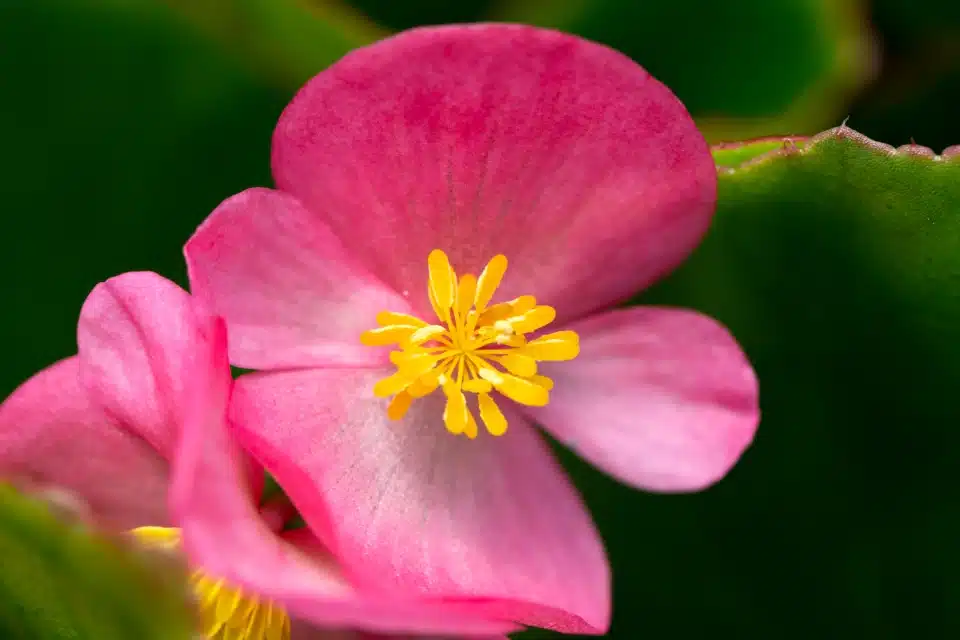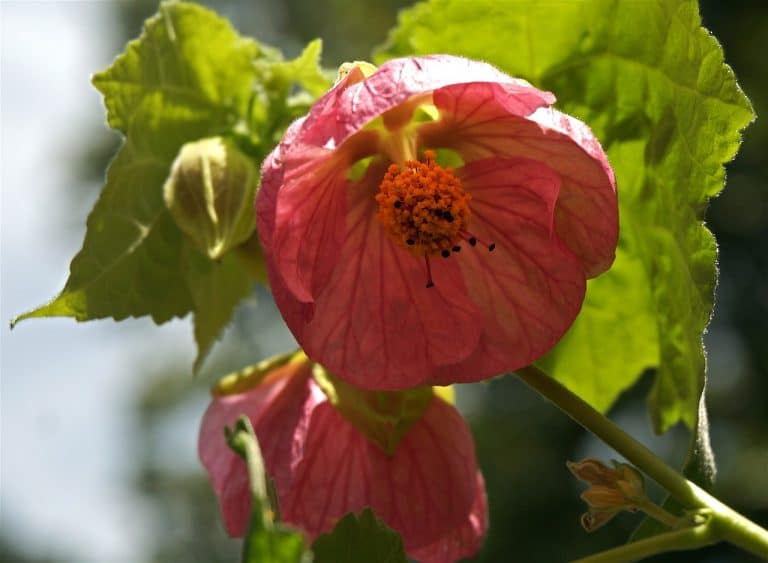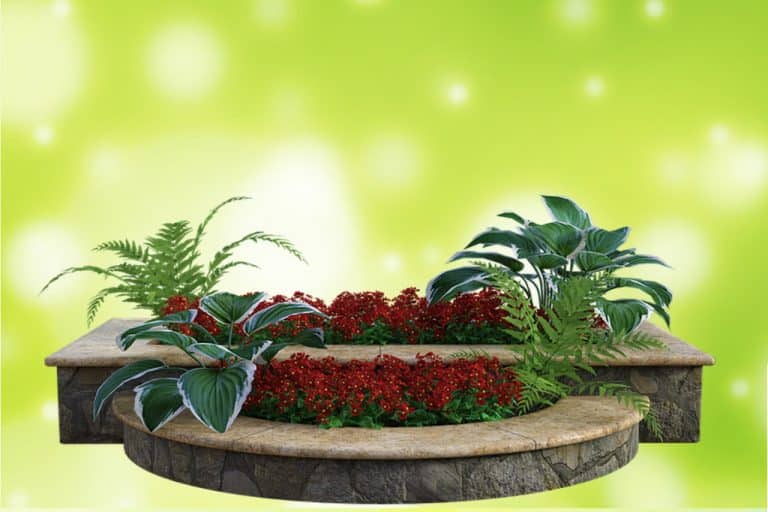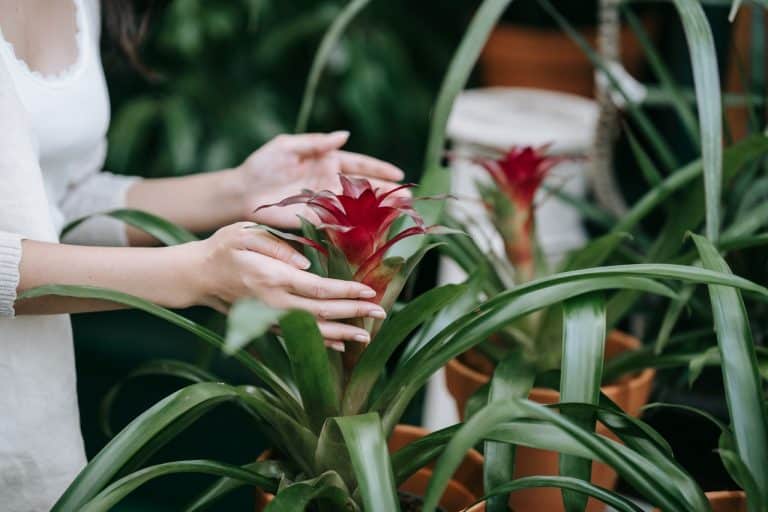How to Grow Begonias Plants
NAMED AFTER SEVENTEENTH-CENTURY, French-born plantsman Michel Begon, the begonia family includes more than 900 species, and there are ten times that many named hybrids.
Most begonias grown as houseplants come from tropical regions, so they are warm-natured plants. All begonias have fleshy stems and lopsided leaves, with half of the leaf larger than the other half.
Leaves vary in shape from elongated hearts to pointed, ivylike forms, and some begonias have rounded leaves with scalloped edges. Begonia flowers are either male or female.
The male flowers tend to be short lived, while the female flowers persist for weeks as enclosures for winged seedpods.
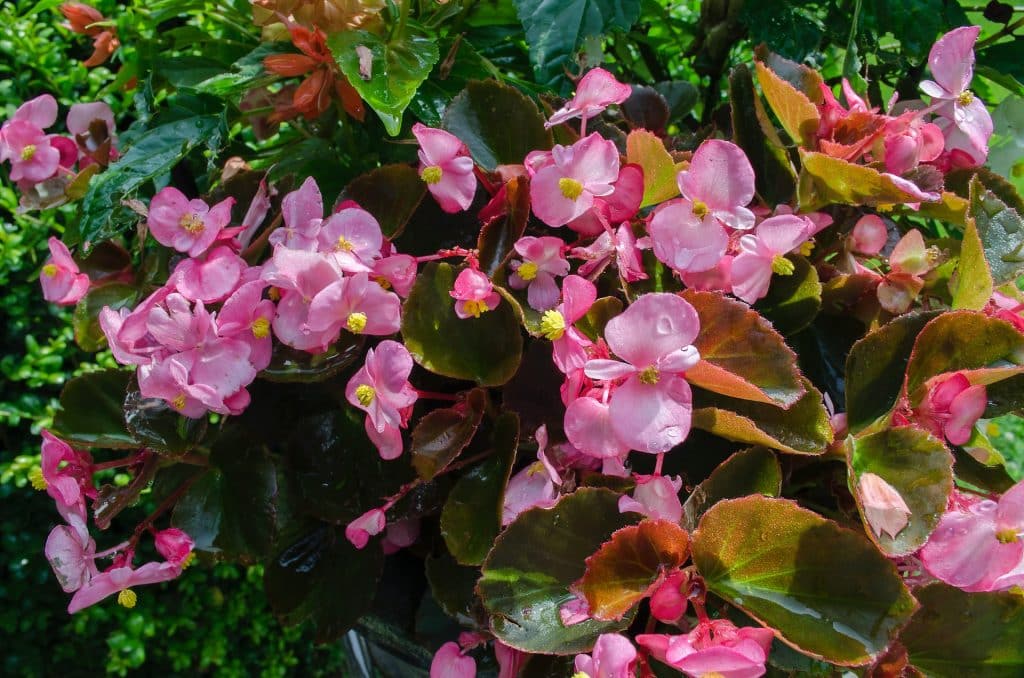
Numerous “outdoor” begonias can be grown indoors for short periods, including the wax begonias used as indestructible bedding plants in the summer garden, and tuberous begonias, often grown in hanging baskets kept outdoors in shady areas.
Yet three types of begonia make superior houseplants: angel-wing begonias, fancy-leafed begonias, and winter-blooming begonias. Each type is discussed in detail on pages 12–14, since each has unique characteristics.
Caring for Begonias
Begonias vary in size, longevity, and their most remarkable features. Angel-wing begonias make wonderful houseplants, since they produce showy leaves and pretty flowers.
They are also reasonably long lived and easy to propagate by rooting stem cuttings. Fancy-leafed begonias are more challenging to grow, but their stained-glass leaves are among the most painterly plants in existence.
Most people use winter-blooming begonias as short-lived color plants for winter windowsills. When the last flowers fade, you can discard the plants or keep them long enough to propagate new plants from rooted stem cuttings.
Light: Begonias need moderate light in summer, so they fare well when grown near an east window or under fluorescent lights. Those that bloom benefit from increased light in winter, when they perform best near a south or west window.
Temperature: Protect plants from chilling, as they are easily damaged by temperatures below 55°F/13°C. A temperature range of 65–75°F/18–24°C is ideal for most begonias.
Fertilizer: A steady diet of liquid fertilizer diluted to half the normal strength will keep begonias happy. Feed plants every 2 weeks while they are actively growing.
Flowering begonias benefit from a high-phosphorous plant food. With fancy-leafed begonias, a balanced plant food is fine.
Water: Begonias are easily damaged by overwatering, yet they also suffer when their soil becomes extremely dry.
Watering practices vary slightly with begonia type, but as a general practice it is prudent to allow the top inch of soil to become nearly dry between watering.
Begonias need moderate to high humidity. Make use of trays filled with dampened pebbles or use a humidifier in areas where you grow begonias. Avoid frequent misting, which can lead to problems with powdery mildew.
Because of their need for humidity, begonias are good plants to grow in the same room with orchids, bromeliads, or ferns.
Soil: Provide begonias with a peaty yet well-drained soilless mix, such as African violet soil. Many good-quality potting soils that include perlite, which lightens the mix texture, are satisfactory for these plants.
Heavy soil that dries slowly is not a good choice for begonias.
Repotting: Begonias often are sorted according to their root types, which can be fibrous or tuberous or include a thick rhizome that spreads over the surface of the soil. Root type influences container size and shape.
Angel-wing begonias have fibrous roots and grow best when slightly rootbound in smallish pots.
Most fancy-leafed selections develop rhizomes that grow near the soil’s surface, so the best containers for them are broad and shallow.
Winter-blooming begonias usually need no repotting unless you want to shift them to a more decorative container.
Be careful not to plant any begonia in a large pot, as this can lead to problems with overwatering and root rot.
After repotting, tap on the sides of the pot to tamp soil into place, but do not press it down hard with your fingers. A bit of air left in the potting mix is good for begonias.

Propagating
All begonias can be propagated by setting stem tip cutting to root in a warm, humid environment. Fancy-leafed types can be propagated from petiole leaf cuttings, as is done with African violets.
They have the further distinction of being the only commonly grown houseplants that will develop plantlets when a leaf is pinned to the surface of dampened seed-starting mix.
Although interesting, this method is slow compared to rooting petiole leaf cuttings, and not nearly as dependable. Some begonias can also be grown from seed, though hybrids are best propagated vegetatively, by rooting stem cuttings or leaves.
Small details
Begonias often react badly to changes in their environment, so it is wise to provide special care when bringing a new one into your home or office. Reputable suppliers will ship plants only in warm weather.
When you get the plant home, protect it from exposure to drafts and dryness by enclosing it in a loose plastic bag for a few days.
Babying the plant along during its first few weeks in its new location can make a dramatic difference in a begonia’s short- and long-term welfare.

TROUBLESHOOTING
Leaves turn yellow or brown and fall off
CAUSE: Overwatering.
REMEDY: Keep plants in small pots and water only after the surface becomes dry. Cool conditions and oversized pots contribute to this problem.
Tan spots on leaves; plants rot at the base
CAUSE: Botrytis, a fungal disease.
REMEDY: If possible, remove affected leaves and propagate new plants from clean stem tip cuttings. This disease is common with rooted cuttings, and is best prevented by using a clean, pathogen-free rooting medium.
Spots with yellow halos on leaves
CAUSE: Bacterial leaf spot.
REMEDY: On angel-wing and fancy-leafed begonias, remove affected leaves and increase air circulation. Dispose of infected winter-blooming begonias, as they carry this disease throughout their systems.
Flowers twisted and distorted, especially on winter-blooming begonias
CAUSE: Thrips or mites.
REMEDY: If present, pinch off affected leaves and buds and dispose of them. With good care, plants should rebloom in a few weeks. Mites are a more persistent pest. If flowers and new leaves are distorted, but no thrips are present, assume mites are the problem and dispose of the infested plant.
White powdery patches on leaves
CAUSE: Powdery mildew, a fungal disease.
REMEDY: Remove affected leaves at the first sign of this disease. Increase air circulation around the plants. Older leaves are more susceptible than young ones, so propagating new plants annually is a good preventive strategy.
White cottony creatures on stems and leaves
CAUSE: Mealybugs.
REMEDY: Isolate plant, and remove mealybugs by hand using a cotton swab dipped in alcohol. Repeat every 5 days until problem is controlled. Do not use oil sprays on begonias to control mealybugs or other pests.
Leaves of fancy-leafed begonias become pale and brittle
CAUSE: Excessive light; dry air.
REMEDY: Move plant to a spot with reduced light and increase humidity. When new leaves appear with good color, propagate a few to grow a new plant.

